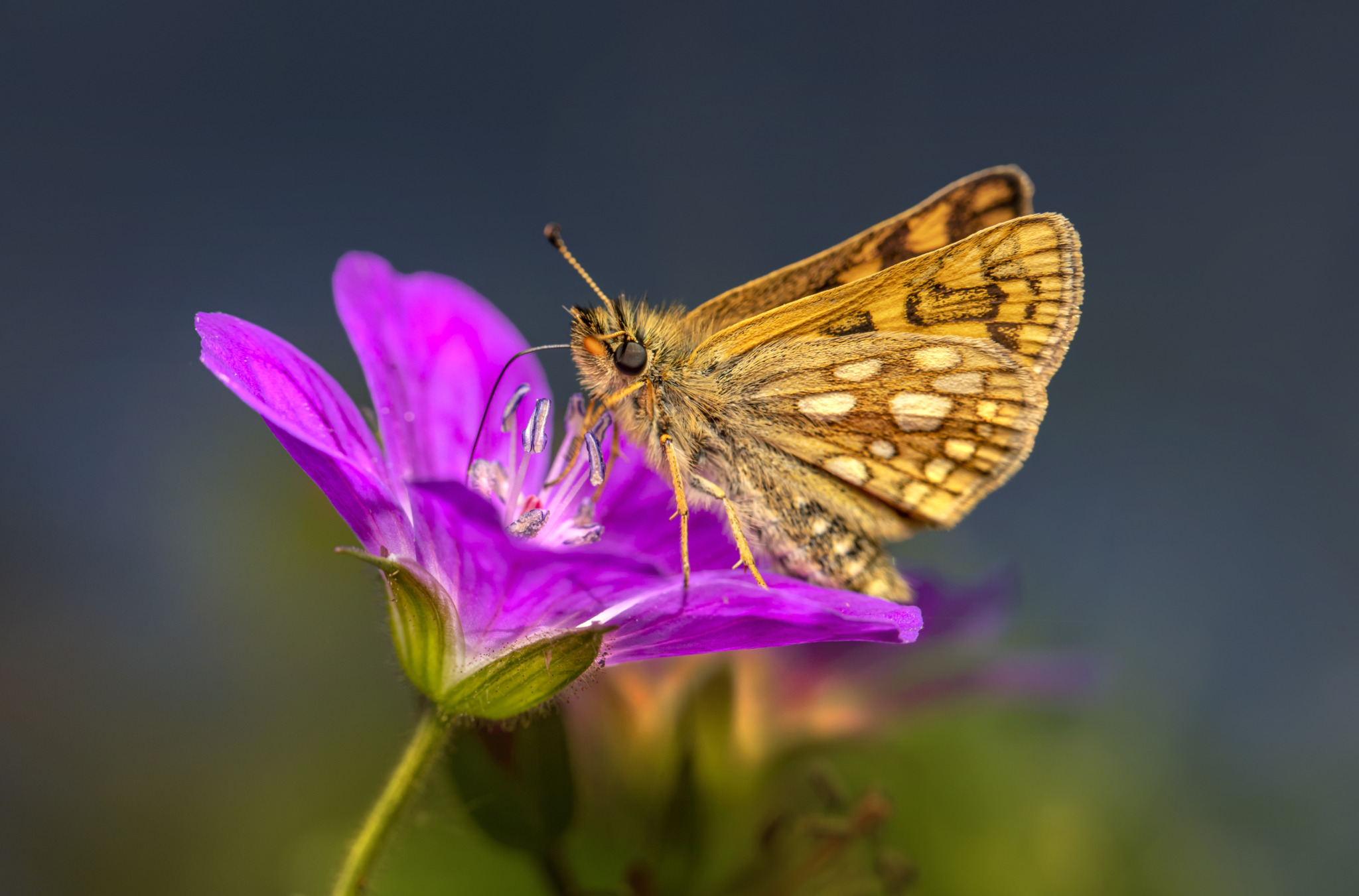Absolutely — here is a deep, no-pictures overview of the Chequered Skipper (Carterocephalus palaemon):
🦋 Chequered Skipper (Carterocephalus palaemon)
🔹 Taxonomy
- Order: Lepidoptera
- Family: Hesperiidae (Skippers)
- Subfamily: Heteropterinae
- Genus: Carterocephalus
- Species: C. palaemon
🌍 Distribution & Range
A species with a fragmented but wide northern distribution:
- Across Europe: Especially central, eastern and northern regions
- Scotland: Restricted to parts of the western Highlands
- Asia: Extends through Russia to Siberia, Mongolia, and Japan
➡️ Extinct in England since 1976 — active reintroduction underway in recent years.
🏞️ Habitat
Requires damp, semi-natural woodlands, often in upland regions:
- Sunny woodland clearings
- Rides and glades
- Edges of boggy meadows
- Areas with long-term traditional forestry management
Key habitat feature:
✅ Abundant tall grasses with nectar-rich flowers nearby
✅ Warm but humid microclimate
Very sensitive to habitat fragmentation and woodland management practices.
🧬 Identification (Field Traits)
A small skipper with a distinctive chequered pattern:
- Wingspan: ~27–31 mm
- Upperwings: Dark brown with pale yellow/orange square spots arranged in a checkerboard
- Underside: Strongly patterned — greenish-brown with pale yellow spots
- Flight is jerky and low over vegetation
Sexes similar but males are slightly more brightly marked.
🌱 Diet & Host Plants
🟢 Larval host plants:
- Primarily Purple moor-grass (Molinia caerulea) in western Europe
- Also other grasses in its Asian and eastern range
🌸 Adult nectar sources:
- Bugle (Ajuga reptans), bluebells, buttercups, bistort, etc.
🔄 Life Cycle
- Single-brooded (univoltine)
- Adults on the wing May–June (varies with latitude)
- Eggs laid singly on host grass blades
- Larvae:
- Feed on grass leaves
- Create tented shelters by folding leaves with silk
- Overwinter as a larva
- Pupation occurs in a loosely spun cocoon near the ground in spring
🧠 Behavior & Ecology
- Males defend sunlit territories along woodland edges and glades
- Short flights interspersed with frequent perching
- Often seen basking with wings partly open
A species dependent on traditional coppice and ride management; declines where woods become too dark or too fragmented.
⚖️ Conservation Status
- Europe-wide: Stable in many northern/eastern regions
- UK:
- Extinct in England until reintroduction
- Locally restricted but stable in the Scottish Highlands
- Structure of forestry and woodland management determines long-term survival
✅ Summary Table
| Feature | Details |
|---|---|
| Range | Europe to Japan |
| Habitat | Damp woodlands, rides, glades |
| Host plant | Purple moor-grass |
| Flight period | May–June |
| Broods | One per year |
| Status | Regionally rare & habitat-dependent |
Views: 1407
Subscribe to the newsletter:
